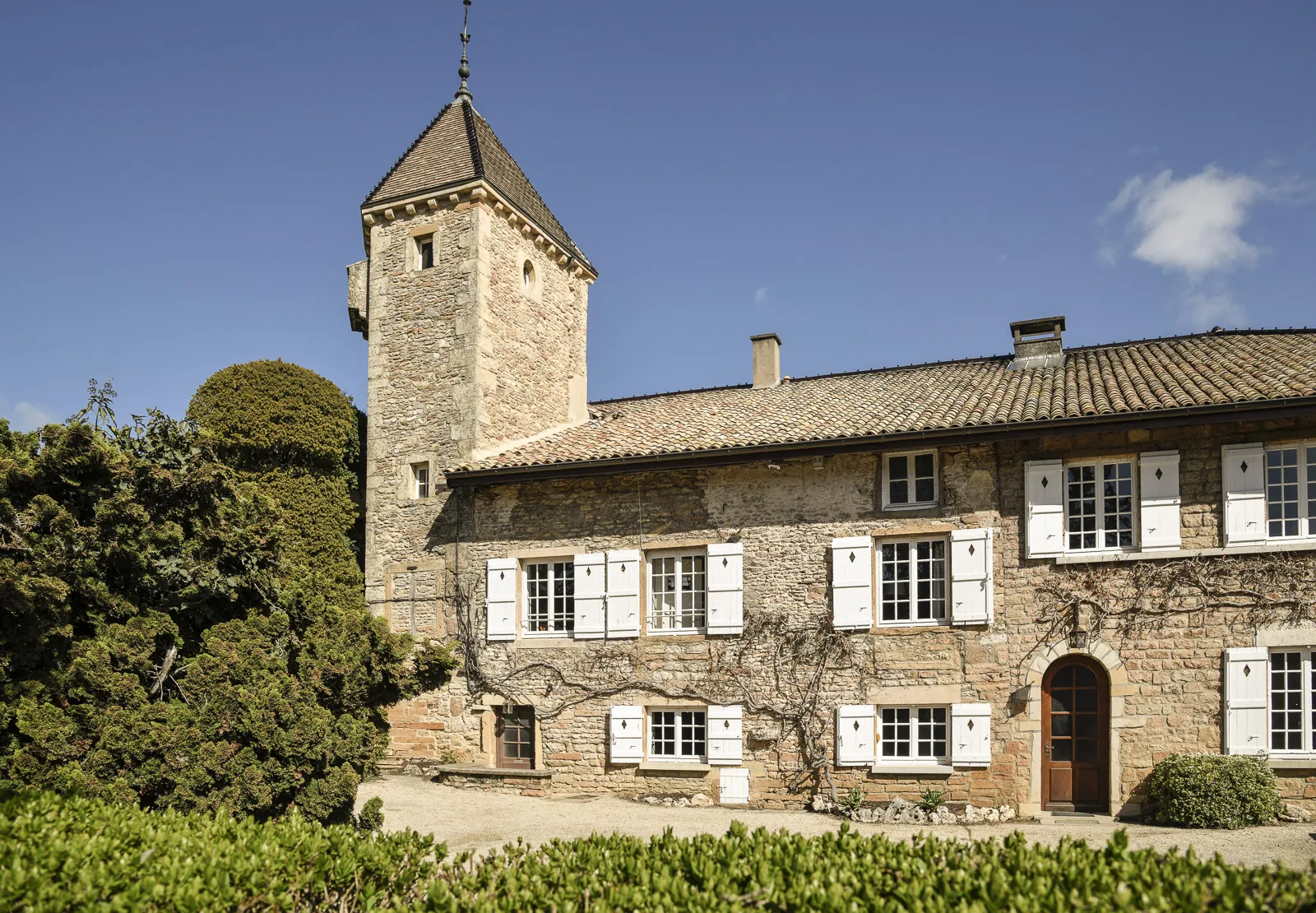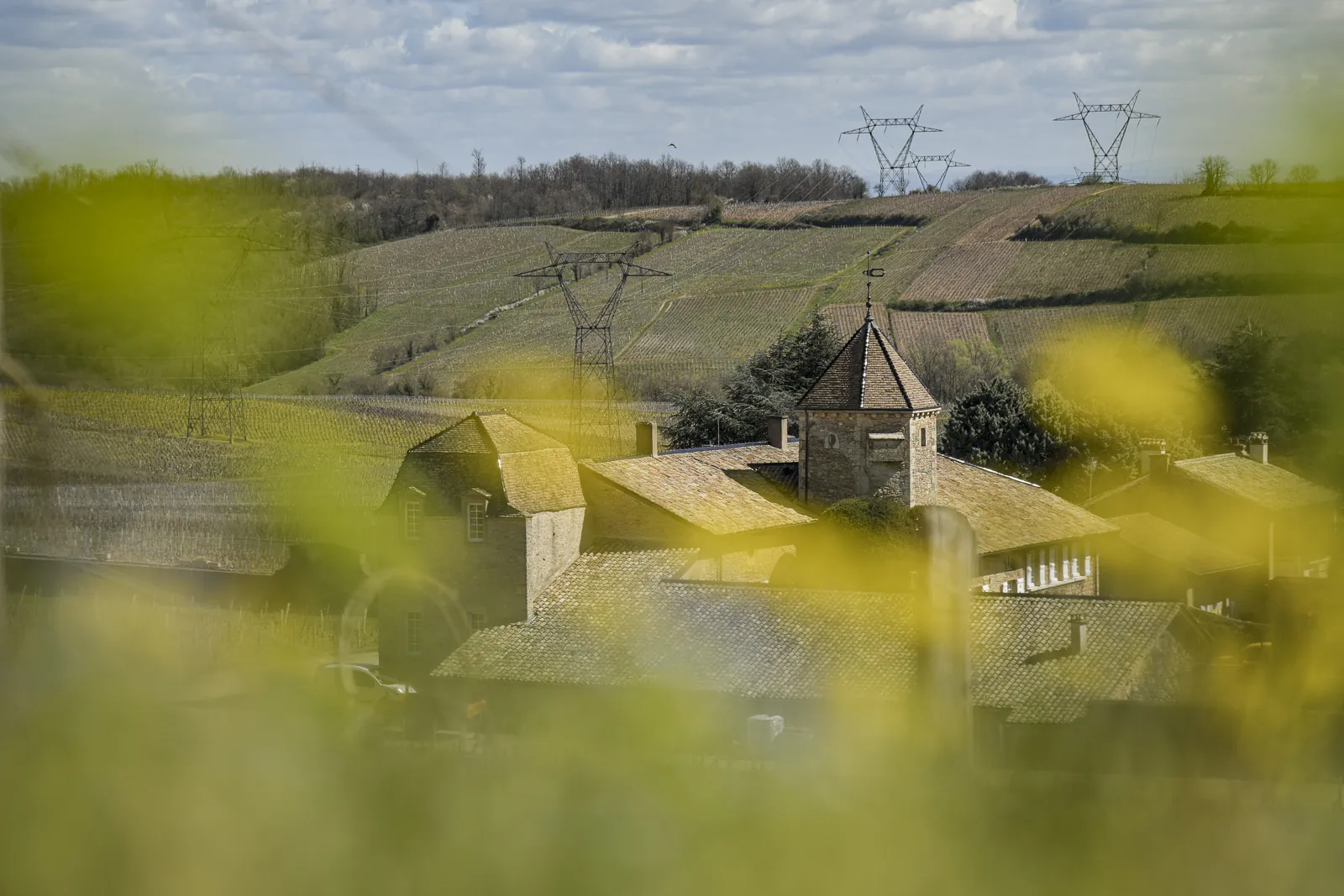Château-Fuissé
Château-Fuissé Saint-Véran 2022
- Château-Fuissé Juliénas 2021
- Château-Fuissé Juliénas 2020
- Château-Fuissé Juliénas 2019
- Château-Fuissé Pouilly-Fuissé 1er Cru “Le Clos” 2023
- Château-Fuissé Pouilly-Fuissé 1er Cru “Le Clos” 2022
- Château-Fuissé Pouilly-Fuissé 1er Cru “Le Clos” 2021
- Château-Fuissé Pouilly-Fuissé 1er Cru “Le Clos” 2020
- Château-Fuissé Pouilly-Fuissé 1er Cru “Les Brulés” 2023
- Château-Fuissé Pouilly-Fuissé 1er Cru “Les Brulés” 2022
- Château-Fuissé Pouilly-Fuissé “Les Combettes” 2023
- Château-Fuissé Pouilly-Fuissé “Les Combettes” 2020
- Château-Fuissé Pouilly-Fuissé “Tête de Cuvée” 2023
- Château-Fuissé Pouilly-Fuissé “Tête de Cuvée” 2022
- Château-Fuissé Pouilly-Fuissé “Tête de Cuvée” 2021
- Château-Fuissé Pouilly-Fuissé “Tête de Cuvée” 2020
- Château-Fuissé Pouilly-Fuissé “Tête de Cuvée” 2023
- Château-Fuissé Pouilly-Fuissé “Tête de Cuvée” 2022
- Château-Fuissé Pouilly-Fuissé “Tête de Cuvée” 2021
- Château-Fuissé Pouilly-Fuissé “Tête de Cuvée” 2020



About
Old winegrowers sometimes said that Saint-Véran was “churning”, illustrating the geographical proximity with its big neighbor. These clay-limestone soils, enhanced by vinification in vats, reveal themselves through a saline and very generous wine.

Terroir
Most properties of the Château-Fuissé are situated in the Northern part of the appellation. The biggest plot of 4 Ha known as Saint-Véran “Le Clos” is situated within the village of Davayé. The soil contains some limestone but is dominated by blue marls responsible for the structure and power in the wines as well as a good acid structure. Another vineyard is situated in the terroir of “Les Cras” (Cras = chalk = mineral taste). The wines are dominated by the salty expression of the lime-stone soil but have a lower acidity and great ripeness. A third plot is situated at the back-slope of the Mount Pouilly close to the village of Chasselas, its soil is composed of limestone and clay.
Vinification
To respect the integrity of the grapes we prefer handpicked grapes and special care is given to the transport and conveying until the presses (whole bunch pressing). We use pneumatic presses with graduate progressive pressing (limiting rebechage), adapted to the quality and maturity of each harvest. The juice is pumped into stainless decantation tanks (débourbage). After 12 hours of static rest, we separate the clear juice from the top and eliminate the remaining depot of the tank (heavy bourbes). The clear juice goes from decantation directly into the barrels at the Château-Fuissé. We favor the wild yeast and a spontaneous start of the alcoholic fermentation. Our cellars are equipped with a control system for the temperature and the hygrometry. The choice of our barrels, their origin, and the choice of using only new barrels for this wine, remains personal and is based on our gustatory experience. Our choices vary and adapt to vineyard and vintage character. The use of barrels is associated to our typical Burgundian vinification ‘on the lees’. This practice brings the lees back in suspension (batonnage) and helps the decomposition or autolysis of the yeast cells. It brings “fatness” into the wine as well as distinctive aromas of its terroir. According to the acid/alcohol balance of the vintage and the judgment of our winemaker Antoine Vincent, our wines normally go through full malolactic fermentation. If necessary, the wines are fined with bentonite (natural clay) followed by a light filtration.
